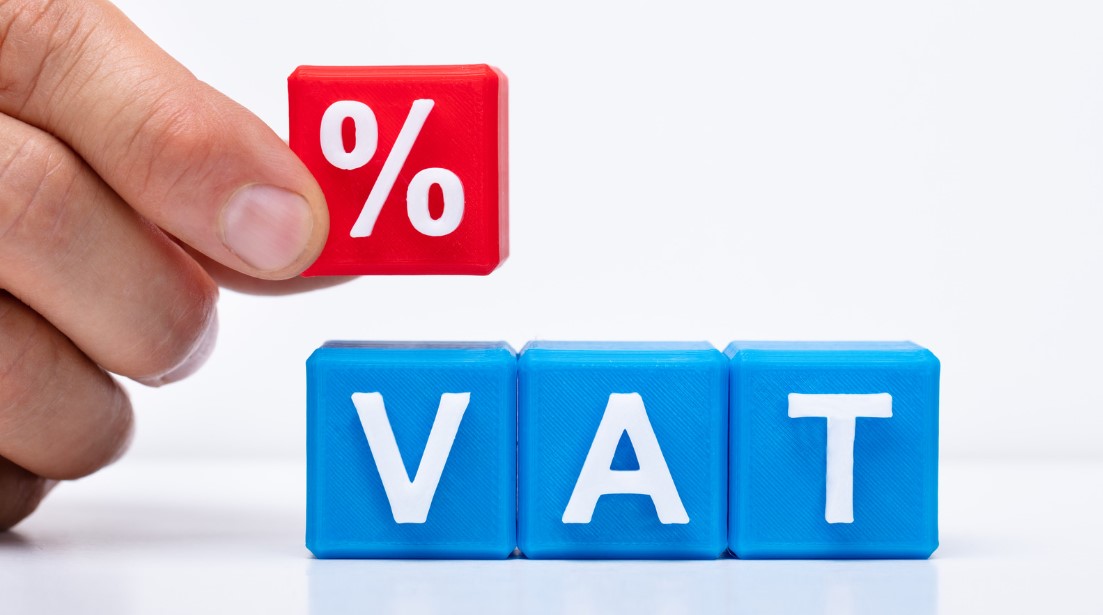Have you ever wondered about the VAT threshold and how it affects businesses in the UK? Understanding the VAT threshold is crucial for entrepreneurs and business owners, as it determines when a business must register for Value Added Tax (VAT) with HM Revenue and Customs (HMRC).
In this guide, we’ll delve into the details of the VAT threshold, explaining what it is, how it is calculated, and the implications for businesses. Whether you’re a small startup or an established enterprise, grasping the VAT threshold can help you manage your finances more effectively and ensure compliance with tax regulations. Join us as we explore the ins and outs of the VAT threshold and its significance in the world of business.
What is the VAT Threshold?
VAT, or Value Added Tax, is a tax charged on most goods and services in the UK and EU. It is automatically included in the price of eligible products. There are three rates of VAT – Standard Rate (20%), Reduced Rate (5%), and Zero Rate (0%). Zero-rated goods are still taxable but no VAT is charged to customers, while exempt goods are outside of all VAT schemes and not taxable.
VAT registration is open to both limited companies and sole traders, and it is a legal requirement to register for VAT when your VAT-taxable turnover exceeds the current threshold of £85,000 within a 12-month period. If you know your turnover will reach the threshold soon, you should allow enough time to register to avoid penalties.
Who Can Register for VAT?
VAT registration is open to both limited companies and sole traders. Regardless of your business structure, you can choose to voluntarily register or be legally required to register for VAT. The legal requirement to register occurs when your VAT-taxable turnover exceeds the current threshold of £85,000 within a 12-month period or when you expect your VAT-taxable turnover to exceed the threshold in a single 30-day period. Sole traders and businesses that only sell goods or services exempt from VAT are also required to register if they purchase goods to use in their business to the value of more than the threshold from VAT-registered suppliers in the EU. It is important to register within 30 days of meeting any of these criteria to avoid penalties.
In terms of the VAT threshold history, the current threshold of £85,000 came into effect in April 2021. This threshold has been subject to revisions over the years, with the aim of aligning VAT regulations with changing economic conditions and to ensure a fair tax system.
Below is a table that illustrates the VAT threshold history in the UK:
| Year | VAT Threshold |
|---|---|
| 2021 | £85,000 |
| 2020 | £85,000 |
| 2019 | £85,000 |
| 2018 | £85,000 |
| 2017 | £85,000 |

Registering for VAT as a sole trader has its own considerations. Sole traders should assess whether it is beneficial to register for VAT, taking into account factors such as their customer base, the impact of VAT on prices, and the ability to reclaim VAT on business expenses. If a sole trader’s turnover is below the VAT threshold, they may still choose to register voluntarily to gain access to the benefits and opportunities associated with VAT registration.
When Should I Start Charging VAT?
Once your turnover reaches the VAT threshold in a rolling 12-month period, you must start charging VAT from the first day of the second month after you exceed the threshold. If you expect to exceed the threshold in a single 30-day period, you need to start charging VAT immediately. It is important to keep track of your turnover and anticipate when it will reach the threshold to ensure you start charging VAT on time. Failure to notify HMRC in time can result in penalties.
To understand this process better, let’s look at an example:
| Example Scenario: | VAT Threshold: | Turnover Exceeded: | Start Charging VAT: |
|---|---|---|---|
| Sole Trader A | £85,000 | April 2025 | June 1, 2025 |
| Company X | £85,000 | March 2025 | May 1, 2025 |
As seen in the example above, Sole Trader A exceeded the VAT threshold in April 2025. They will start charging VAT from June 1, 2025, which is the first day of the second month after exceeding the threshold. Similarly, Company X exceeded the threshold in March 2025 and will start charging VAT from May 1, 2025.
It is crucial to stay aware of your turnover and promptly register for VAT once you reach the threshold. This ensures compliance with HMRC regulations and prevents any penalties that may arise from delayed notification.
Benefits and Considerations of VAT Registration
Registering for VAT can offer several benefits to your business, but it also comes with certain considerations. Understanding both the advantages and potential drawbacks is crucial to making an informed decision about VAT registration.
Benefits of VAT Registration
- Reclaiming VAT: One of the significant advantages of VAT registration is the ability to reclaim VAT on your business expenses. By doing so, you can reduce your overall costs and improve your profit margins.
- Enhanced Credibility: Being VAT registered can enhance your business’s credibility in the eyes of clients and customers. It demonstrates that your business has reached a certain level of turnover and professionalism.
- Flat Rate Scheme: If you choose to register for the Flat Rate Scheme, you can simplify your quarterly VAT return. This scheme allows you to pay VAT as a fixed percentage of your turnover, eliminating the need to track and account for VAT on individual purchases and sales.
By leveraging these benefits, VAT registration can positively impact your business’s financial position and reputation.
Considerations for VAT Registration
While there are benefits to VAT registration, there are also factors to consider before making the decision:
- Increased Cost to Clients: If your clients are not VAT registered, adding VAT to your invoices may make your services appear more expensive to them. This could potentially affect your competitiveness in the market.
- Additional Responsibilities: VAT registration comes with additional responsibilities, such as completing and filing a VAT return every three months. This involves accurately calculating your VAT liabilities and ensuring compliance with the guidelines set by HM Revenue and Customs.
- Making Tax Digital for Business: As a VAT registered business, you are required to comply with Making Tax Digital for Business rules. This mandates the use of digital accounting software for record-keeping and submitting VAT returns digitally.
Considering these factors will help you assess whether VAT registration aligns with your business goals and operational capabilities.
Consult an Accountant
When deciding whether to register for VAT, it is advisable to consult with an accountant who can provide tailored advice based on your specific circumstances. They can evaluate your business’s financial position, industry, and growth projections to determine the most suitable VAT registration strategy for you.
Now that you are aware of the benefits and considerations of VAT registration, you can make an informed decision that aligns with your business needs and goals.

Conclusion
Understanding the VAT threshold is essential for businesses in the UK. VAT, the tax charged on most goods and services, has a registration threshold of £85,000. Registering for VAT is a legal requirement when your VAT-taxable turnover exceeds this threshold within a 12-month period.
To prevent penalties and ensure compliance, it is crucial to monitor your turnover and register for VAT in a timely manner. Consulting with an accountant can provide personalized advice on VAT registration and its implications for your business.
By grasping the VAT threshold and its workings, you can navigate the complexities of VAT, make informed financial decisions, and optimize your business’s accounting practices. Consider the benefits and drawbacks of VAT registration to determine the best course of action for your specific circumstances.





